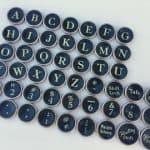
In many program cases I see teams “testing to pass” when they should be “testing to improve”. Testing to pass is putting your best foot forward. There is a “mark” and you are going to hit it so you can advance to the next stage. Testing to Improve is looking for defects and response to inputs. The motivation for each is very different. The risk for leaders is overseeing teams who view their role objectives to be in line with “testing to pass.”













